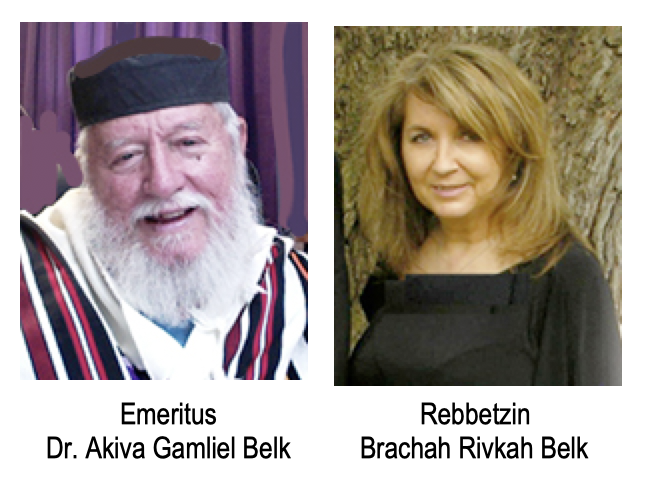14 – Tzitzit (Fringes)
Mitzvah 14 Tzitzit (Fringes)
Bamidbar (Numbers) 15.38 Speak to the sons of Israel, and bid them that they make them tzitzit on the corners of their clothes throughout their generations, and that they put upon the tzitzit of the corners a thread of blue:
Tzitzit are worn in order that you shall see it and remember
ALL the Commandments of G-d.
And it shall be to you for Tzitzit, that you shall see it and you shall remember everything from aleph to tav of all the Mitzvot of HaShem, and you shall make and not follow after your own heart and your own eyes, which incline you to go astray: Bamidbar (Numbers) 15.39
The tzitzit are a symbol of the 613 mitzvahs. The five Hebrew letters that comprise the Hebrew word tzitzit each have a numerical value, and the total numerical value of tzitzit adds up to 600. Now, add the numbers eight and five, as symbolized by the eight strings and five knots of each tassel, respectively, and so you have 613. When you wear tzitzit, you are a walking symbol of all the 613 mitzvahs. Don’t forget them.
Tzitzit are worn as constant reminders to the eye of thought to be vigilantly conscious of G-d. We must always be cognizant that G-d is Watching every moment of our lives.
Kehot Chumash
They shall make for themselves a tassel: We saw above that all twelve spies traversed the entire land together,
expressing how transcendent Divine consciousness must permeate non-transcendent consciousness;
how our common unity of purpose and approach should inspire and direct our particular pursuits,
where we each have different purposes and approaches.
This explains the connection between the spy mission and tzitzit. Tzitzit is one of the “general” commandments that in a certain way include all the others. As the sages say, “Tzitzit is equal to the entire Torah.” This means that tzitzit expresses the all-encompassing, transcendent aspect of the commandments, rather than any particular effect the commandments have on us. Yet this transcendence permeates all of the individual and different commandments that the tzitzit recall.
The Ba’al Shem Tov said that even the archangel Michael, the greatest of all the angels, would gladly trade all of his Divine service and recognition of Divinity for one of the four tzitzit worn by every Jew.
There are several possible explanations as to why the Ba’al Shem Tov chose specifically tzitzit to express the advantage of our ability to serve G-d over that of the angels:
The original blue coloring of the tzitzit was a reminder of the heavenly Throne of Glory. Since the angels reside before the heavenly Throne, their direct view of it is obviously much greater than any reminder. Yet, the value of a person’s fulfilling G-d’s commandment, even though it is merely a reminder, is far more valuable than their entire service.
The four corners of the tzitzit correspond to the four beasts of the chario that carry G-d’s throne. One who wears tzitzit is therefore regarded as if he has prepared a throne for G-d. The angel Michael is one of the four constant components of the Heavenly chariot. The fact that Michael, who is part of the actual throne, would want to exchange his place for one of the tzitzit that are merely a reflection thereof underscores the unique value of our fulfillment of mitzvot. Kehot Chumash Kehot Publication Society page 97
May we try each day to learn about G-d, to follow His Ways and His Truth
![]()
Blessings and Peace
Rebbetzin Revi
